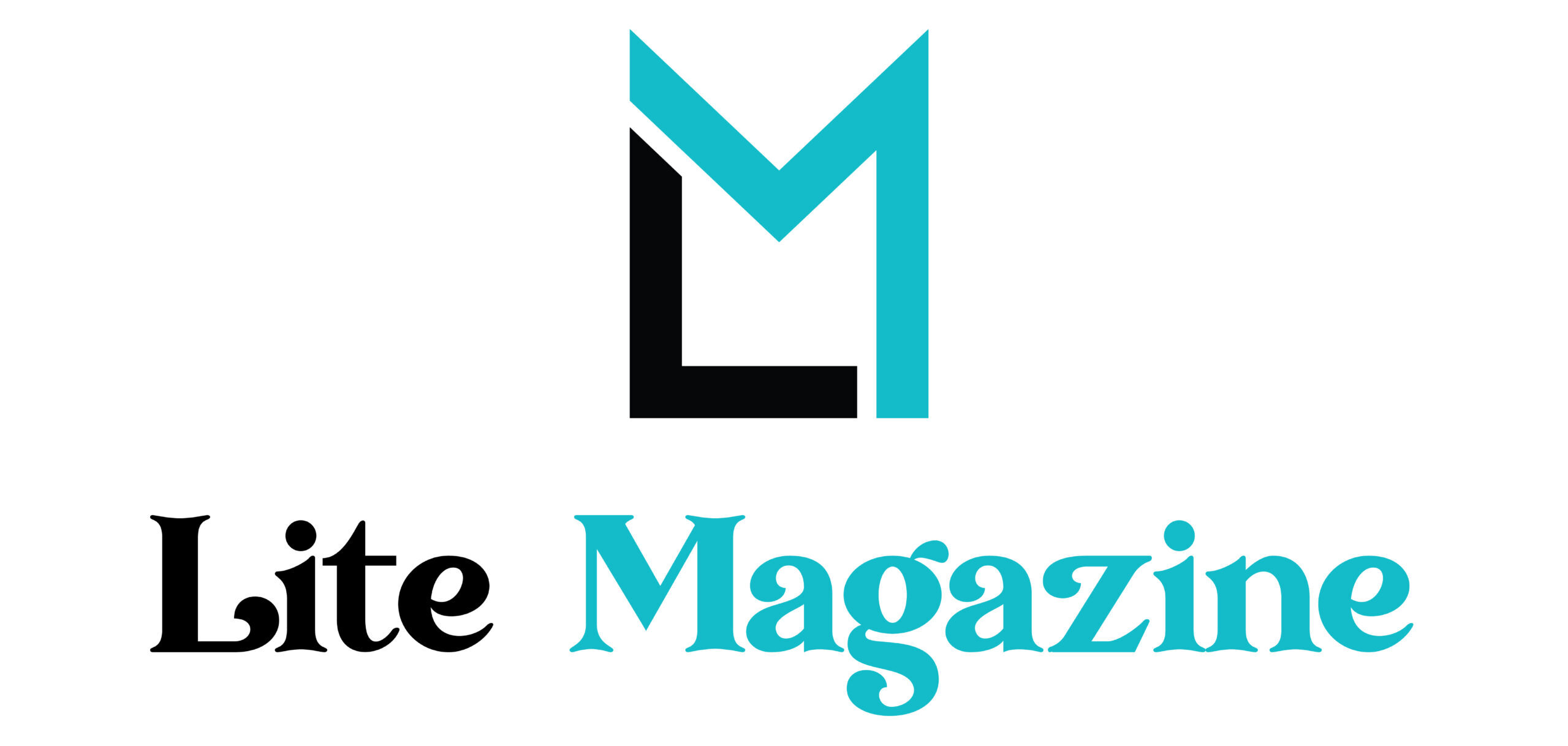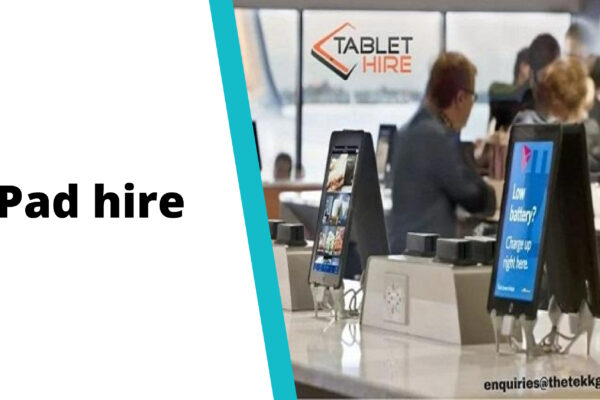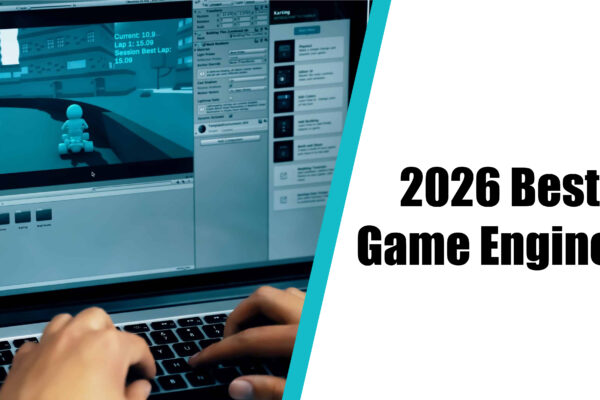In the world of digital learning, Gimkit has rapidly emerged as a beloved tool for teachers, students, and even corporate trainers. But one of the most frequently searched terms related to the platform is “Gimkit host” and for good reason. Hosting a Gimkit session opens up a world of interactive, gamified learning that transforms the classroom or meeting space into an engaging, competitive, and fun experience.
In this in-depth article, we’ll explore what it means to be a Gimkit host, how hosting works, what tools and features are available, and how both educators and learners benefit from this dynamic platform. We’ll also touch on how Gimkit compares to other educational tools, provide tips for hosting successful games, and explain why it has become a favorite in schools and beyond.
What is Gimkit?
Gimkit is an online learning game platform designed to make studying and classroom learning more interactive. Created by high school student Josh Feinsilber in 2017, the platform allows teachers to create quizzes (called “kits”) that students can play in real time or on their own. What makes Gimkit stand out is its blend of education and game mechanics players earn in-game money by answering questions correctly, which they can then reinvest in power-ups, upgrades, or other in-game advantages.
Gimkit combines learning with play, turning review sessions, assessments, and even homework into an activity students actually look forward to. This is where the Gimkit host plays a central role.
What does a Gimkit host do?
The Gimkit host is the person usually a teacher, trainer, or event facilitator — who sets up and runs a live Gimkit game. Hosting means launching the game session, managing game settings, monitoring progress, and guiding participants through the experience. Without a host, Gimkit would simply be a library of kits and questions; it’s the host who turns these kits into an active, communal event.
Hosting responsibilities
Being a host on Gimkit involves several tasks:
- Selecting the right kit: The host chooses a pre-made kit or creates a custom set of questions tailored to the class or group’s needs.
- Setting game options: Gimkit offers various modes, such as Classic, Team Mode, Trust No One (inspired by Among Us), and others. The host decides which mode suits the lesson or objective best.
- Launching the session: Once everything is set up, the host starts the game, providing players with a join code they can use to access the session on their devices.
- Managing live play: During the game, the host can see live stats, control pacing, adjust settings, or even pause the game if needed.
- Reviewing results: After the game, the host can analyze performance data, identifying which questions were frequently missed or which students excelled.
How to become a Gimkit host
To host on Gimkit, you need to create an account, which is free at the basic level. Educators and organizations can upgrade to Gimkit Pro for access to advanced features, unlimited games, and premium modes. Once you’ve set up your account, hosting is straightforward — you simply select a kit, click “Play Live”, choose your settings, and share the game code with your participants.
Technical requirements
Hosting a Gimkit game requires a stable internet connection and a device (computer, laptop, or tablet) to manage the game session. Participants can join from any internet-connected device, making it accessible across classrooms, homes, or offices.
Key features available to a Gimkit host
Gimkit offers a wide range of tools to help hosts customize their sessions and maximize engagement.
Game modes and customization
Gimkit hosts can choose from several unique game modes that offer different play styles. Classic mode is a straightforward quiz competition, while Team Mode allows group collaboration. Creative modes like Trust No One add elements of strategy and deception. Each mode allows the host to tailor the experience to the group’s mood, learning goals, or energy level.
Hosts can also adjust time limits, point systems, and the types of power-ups available, ensuring the game fits perfectly into a classroom session or training block.
Real-time analytics and insights
One of Gimkit’s most powerful features is the data it provides to hosts. During and after games, hosts can access detailed analytics, including player performance, commonly missed questions, and time spent on each item. This makes it easy for educators to identify areas where students need more support or review.
Integrations and exports
Hosts can integrate Gimkit with other classroom tools, export reports for grading, and even embed games into learning management systems (LMS) or virtual classrooms. This flexibility makes Gimkit a useful companion tool, not just an isolated game platform.
Benefits of hosting on Gimkit
Hosting a Gimkit session offers numerous benefits for both the host and the players.
For the host
- Increased engagement: Students or participants are more likely to pay attention and participate actively in a game format.
- Immediate feedback: Hosts can see who understands the material in real time.
- Customizable learning: Hosts can adjust difficulty, pacing, and incentives to match the group’s level.
- Fun and variety: Running different game modes keeps things fresh and maintains long-term interest.
For players
- Interactive learning: Players learn while playing, which improves retention.
- Motivation: The in-game economy of earning money and buying upgrades adds an extra layer of motivation.
- Collaboration: Team modes promote cooperative learning and communication.
- Low-pressure environment: Games create a less stressful space to test knowledge compared to traditional quizzes.
Tips for hosting a successful Gimkit session
To get the most out of hosting, here are some best practices:
- Know your kit: Review the questions in advance to ensure they’re appropriate and challenging.
- Set clear rules: Explain the game mode and rules before starting, so everyone is on the same page.
- Balance competition and fun: Keep the atmosphere light and fun, even if there’s competition involved.
- Use post-game review: After the session, go over the questions and clarify common mistakes.
- Mix it up: Switch between different game modes to keep things engaging over multiple sessions.
READ MORE: Being Authentic Whatutalkingboutwilliss
How does Gimkit hosting compare to other platforms?
Many people compare Gimkit to tools like Kahoot!, Quizizz, or Blooket. While all these platforms offer gamified quizzes, Gimkit stands out for its in-game currency system, upgrade mechanics, and strategic elements. For hosts, this means more ways to keep players engaged and invested.
Additionally, Gimkit’s focus on replayable content and earning mechanics means that even after the game, players may want to revisit questions, encouraging continued learning.
Future of Gimkit hosting
As educational technology evolves, Gimkit continues to introduce new features, game modes, and integrations. The platform’s development team actively listens to feedback from teachers and hosts, ensuring that hosting remains intuitive, flexible, and impactful.
With remote and hybrid learning becoming more common, Gimkit’s hosting tools are expected to expand, offering even more ways to connect learners in diverse environments.
Final thoughts: Why Gimkit hosting matters
At its core, Gimkit hosting isn’t just about running a game it’s about transforming how we learn and engage with information. A great Gimkit host can turn a simple review session into an exciting, memorable experience that keeps players motivated and involved.
Whether you’re an educator looking to energize your classroom, a trainer seeking to make corporate workshops more interactive, or simply someone who loves exploring new educational tools, Gimkit offers a dynamic hosting platform that bridges fun and learning. As more people discover its potential, the role of the Gimkit host will only become more central to creating engaging, effective learning environments.











